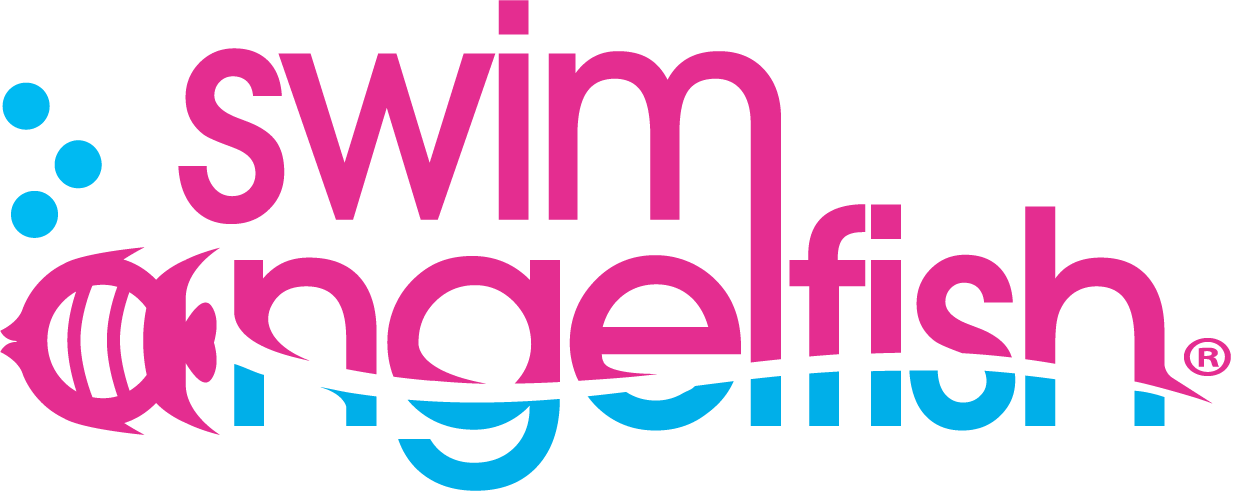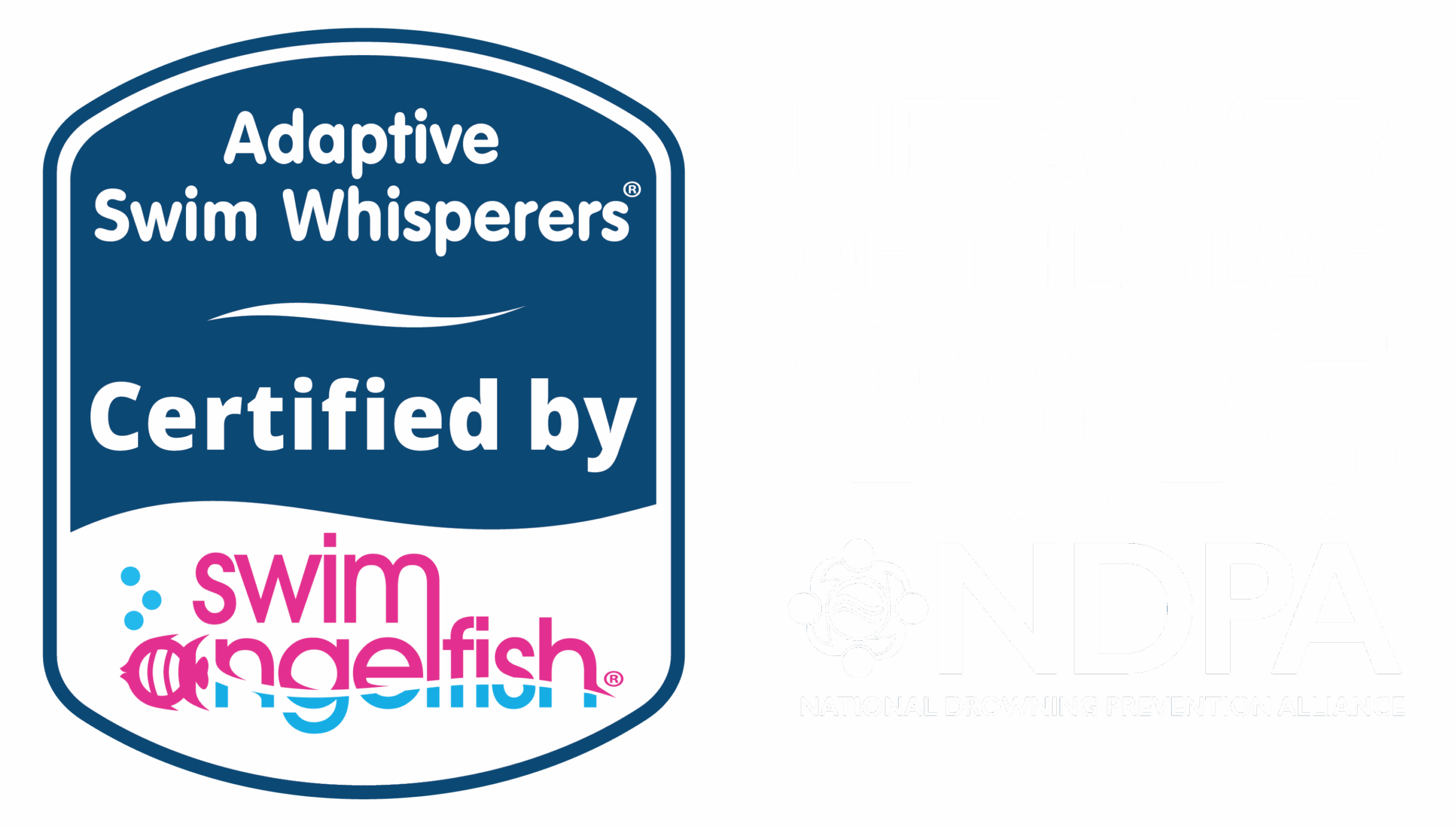Correcting Arm Imbalances in Swim Strokes

As swim instructors, we’ve all encountered students who struggle with a seemingly uneven stroke. One arm just doesn’t seem to be pulling as efficiently as the other arm, leading to frustration and a lack of progress. You might observe them veering off course, struggling to maintain a consistent rhythm, or visibly working harder on one side. This can be especially challenging to pinpoint in swimmers with special needs, where communication and motor skill variations can complicate the assessment.
The information we’ll cover is geared towards anyone experiencing bodily asymmetry, regardless of the cause. Whether you’re working with subtle imbalances related to body awareness or navigating more pronounced motor challenges, we aim to provide practical strategies and insights to help you better understand and work with each swimmer’s unique physical landscape.
In the Swim Whisperers® method, we recognize this as our 14th Roadblock, ‘Stroke Performance’. If you’re looking for practical strategies to address this issue with your swimmers, you’re in the right place!
Common Causes of Weak Arm Movement in Front Crawl
It’s important to understand the underlying causes of a weaker arm and how it affects a swimmer’s stroke performance. Here are some common reasons why your swimmers with special needs might be facing this challenge.
Challenges for Swimmers with Special Needs
When working with swimmers with special needs, it’s crucial to consider the potential impact of general muscle weakness and motor coordination challenges on stroke performance.
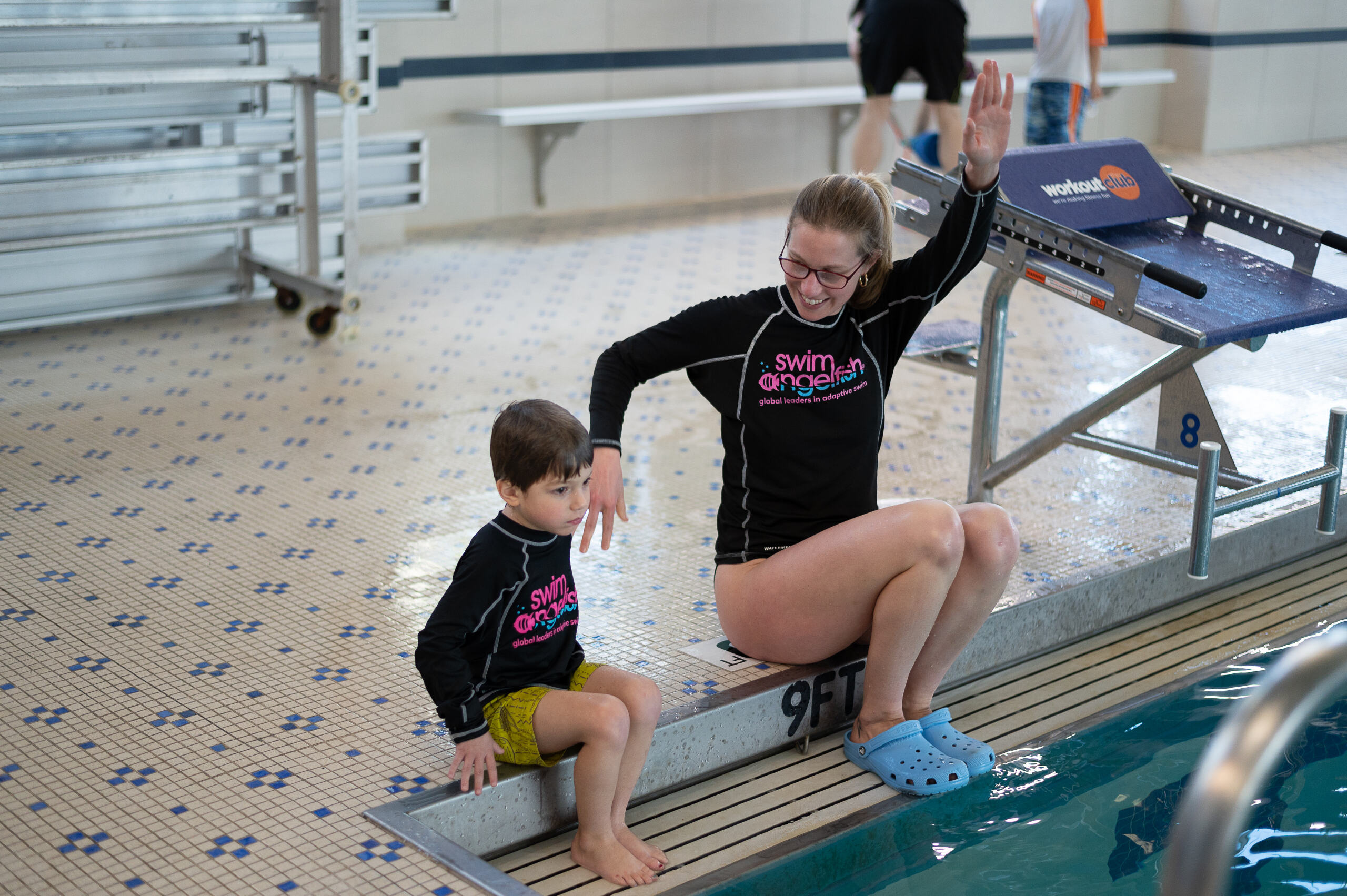
By understanding these potential causes, you can implement effective strategies, with a tailored approach, that addresses both strength and coordination to help swimmers achieve a balanced and efficient front crawl.
Front Crawl Essentials
Before exploring adaptive techniques, let’s review the core mechanics of front crawl, which can be disrupted by a weaker arm.
How to Improve Arm Strength and Technique
Understanding the ‘why’ is crucial, but knowing ‘how’ to fix it is where the real progress happens. Here are 4 tips from our adaptive Swim Whisperers® method to help your swimmers overcome the challenge of a weak arm.
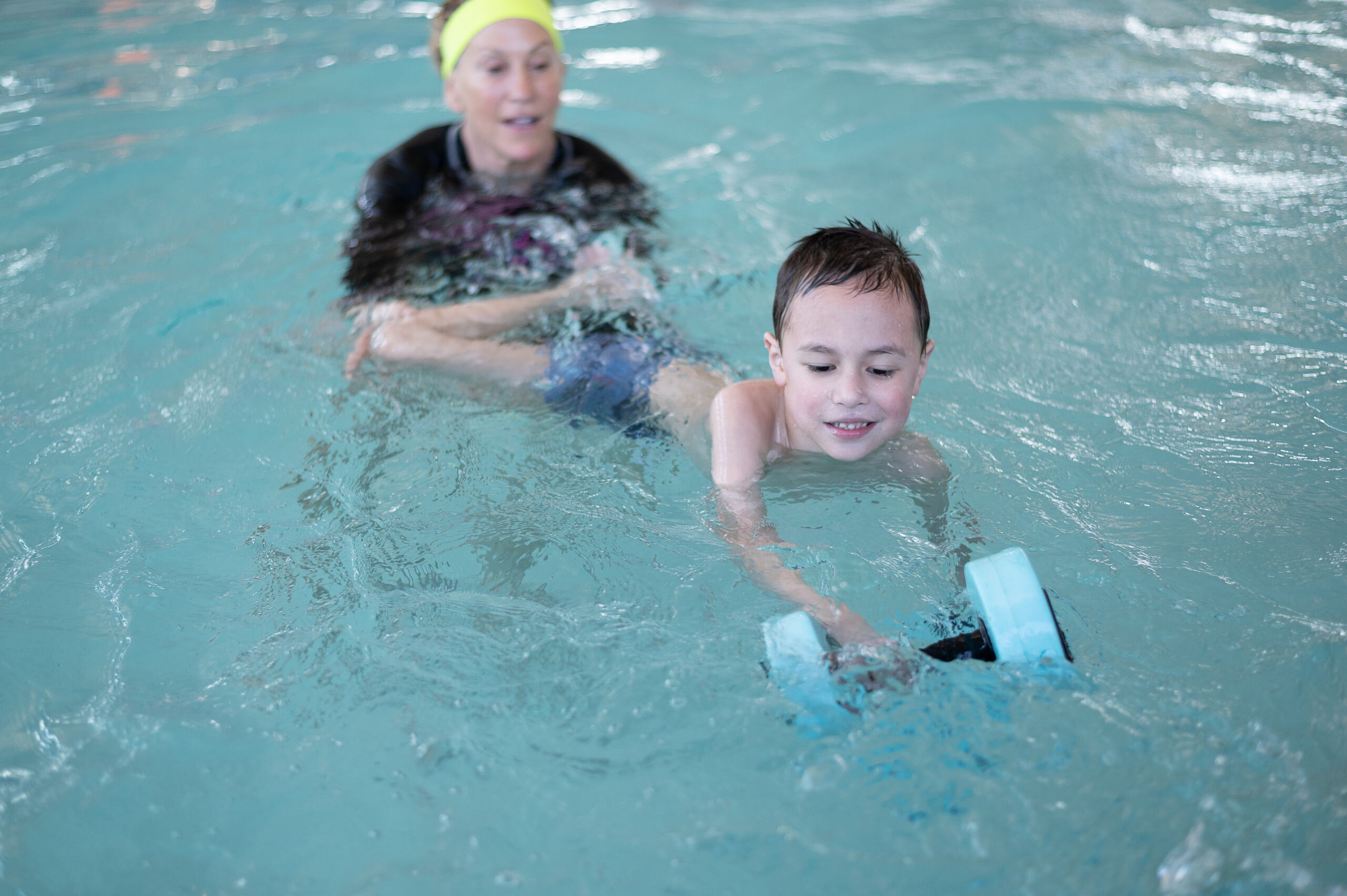
How Can Aquatic Therapy Help Arm Weakness?
At Swim Angelfish, we believe in the magic of water! Our expert instructors and aquatic therapists are trained to address unique challenges like one-sided weakness in swimmers.
Through specialized aquatic therapy, we tailor exercises to meet the individual needs of each swimmer, helping them improve their stroke technique, coordination, and overall performance in the water.
Watch how Ailene Tisser, PT, uses weights to provide feedback for improved arm range of motion.
Water’s resistance and buoyancy provide a gentle yet effective way to enhance movement, body awareness, and coordination, especially for those with motor difficulties, physical limitations, or disabilities.
Targeted Swim Drills
To help swimmers overcome challenges in front crawl, particularly those related to weak arm movement and motor planning, targeted drills are essential. Here are two examples from the Swim Whisperers® method that you can incorporate into your lessons:
In this video we demonstrate this tried and tested adaptive swim drill that focuses on motor planning techniques, specifically designed for the front crawl.
While we’ve shared a few helpful drills here, it’s crucial to understand that these are just starting points. Addressing the complex needs of swimmers with autism, anxiety, ADHD, or other challenges requires a holistic approach. The Swim Whisperers® methodology provides that comprehensive framework. Specialized training is essential to effectively support struggling learners in any swim class.
Transform Your Swim Instruction with Adaptive Swim Whisperers® Training
Are you struggling to adapt to the increasing number of swimmers with autism, ADHD, anxiety, sensory sensitivities, and motor challenges?
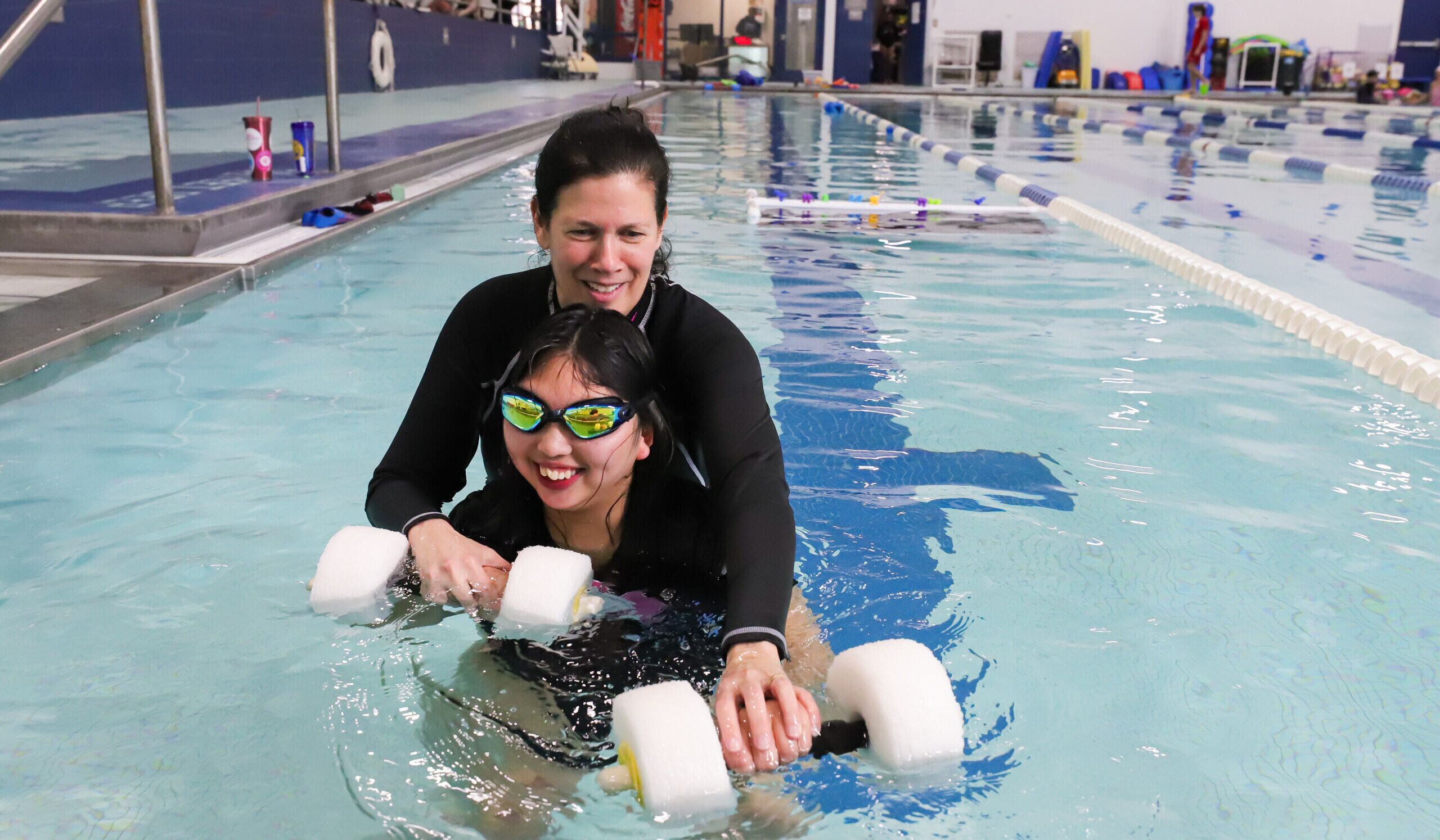
The Swim Whisperers® Adaptive Aquatics Training Program is your solution.
Our certification program equips instructors with a proven toolbox of strategies and techniques to adapt their teaching and gain the confidence and skills to create inclusive and successful swim lessons.
Transform your swim instructor skills today and ensure every swimmer thrives.
